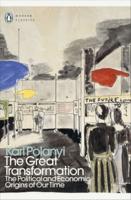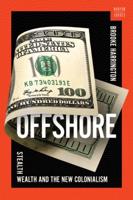Publisher's Synopsis
For decades, manufacturing has been moving away from its traditional home in the United States the cold, northeastern states. To some extent, this migration simply reflects the shift of population to a more hospitable climate. But the country's manufacturing base has moved faster than the migration of population. New manufacturing plants are still more likely to be built and to expand in the South and West than in the Northeast, and the result is a loss of high-wage jobs for northeastern workers.;In this book, Robert Crandall addresses such questions as: Why has the regional distribution not reached an equilibrium after so many years? Why is there no "rebound" in the Rust Belt? What are the consequences for workers in the Northeast and the Midwest? Are there any policies that might somehow stem the decline of manufacturing in this former industrial heartland?;Crandall maintains that the migration of industry has not stopped, and he shows that even the core of the once prosperous Rust Belt - automobiles, steel, and tyres - is increasingly found in the Mid South not the Midwest. He shows how southern states attract these industries through labour market conditions specifically, wages and unionization. And he contends that, unfortunately, there is little government can do to offset the labour market disadvantages of the northern states.










